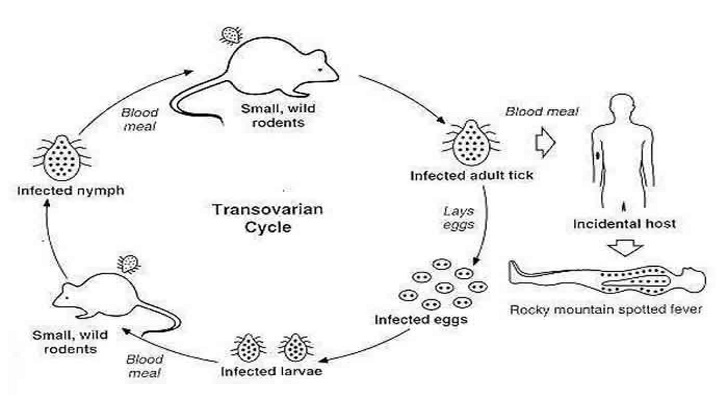Typhus Causes, Symptoms, Diagnosis and Prevention

Rickettsia bacteria is quite harmful to people. It may provoke an infection called typhus. There are several ‘bridges’ to this sort of infection. The carriers are some parasites like flea, louse, and tick. Once they get under your skin through biting, the infection is in there. These parasitic species are also called arthropods. They can be either healthy or not. Infected ones are the carriers of various bacteria. It is dangerous to start scrabbling the body as the mite or louse may get into the blood.
